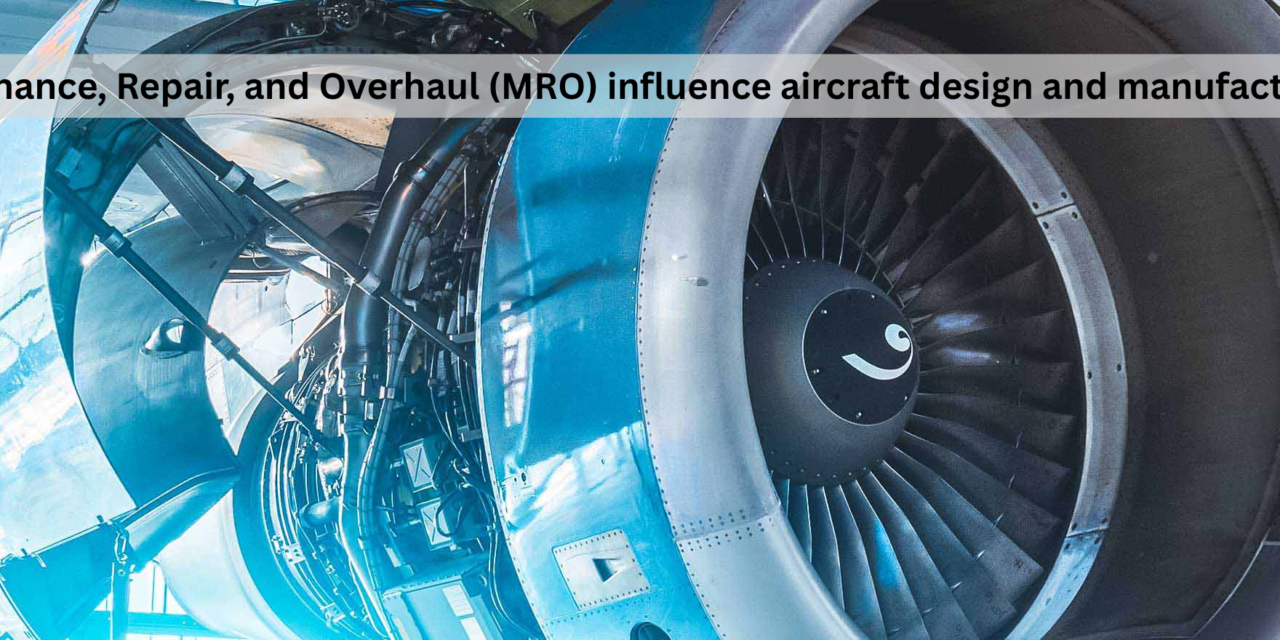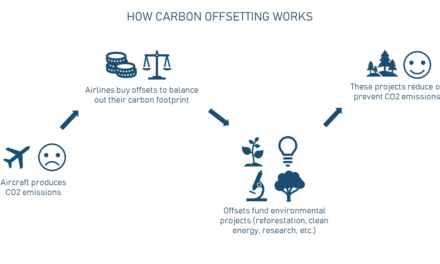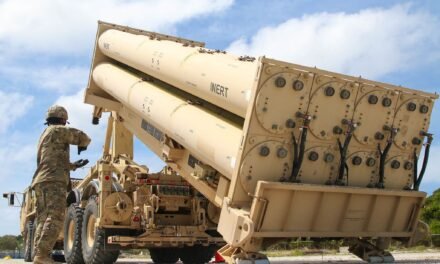Maintenance, Repair, and Overhaul (MRO) has a significant influence on aircraft design and manufacturing, as manufacturers must consider the lifecycle needs of an aircraft to ensure safety, efficiency, and cost-effectiveness for operators. By integrating MRO considerations into the design and production processes, aircraft manufacturers can enhance maintainability, reduce operational costs, and extend the aircraft’s service life. Here’s how MRO impacts aircraft design and manufacturing:
1. Designing for Maintainability
- Ease of Access:
- Aircraft are designed with easily accessible components and systems to simplify routine inspections, repairs, and replacements.
- Example: Panels, doors, and hatches are strategically placed to allow maintenance crews to access critical systems without dismantling large sections.
- Modular Components:
- Modular designs enable quick removal and replacement of components, reducing downtime during maintenance.
- Example: Engines, landing gear, and avionics modules are designed for straightforward swapping.
- Standardization:
- Use of standardized parts and fasteners simplifies maintenance and minimizes the inventory of spare parts required.
2. Use of Advanced Materials
- Durable Materials:
- Aircraft are built with materials that resist wear, corrosion, and fatigue, reducing the frequency of repairs and inspections.
- Example: Composites and corrosion-resistant alloys are used in critical areas like fuselages and wings.
- Repairable Materials:
- Manufacturers select materials that can be easily repaired or restored to avoid costly replacements.
- Example: Advanced bonding and patching techniques are developed for composite materials.
3. Predictive Maintenance Integration
- Sensors and Monitoring:
- Aircraft are equipped with sensors and data-collection systems to monitor the health of components in real-time, enabling predictive maintenance.
- Example: Boeing’s Airplane Health Management (AHM) system alerts operators to potential issues before failures occur.
- Digital Twin Technology:
- Virtual replicas of aircraft components or systems are used to simulate wear and predict maintenance needs, influencing design decisions.
- Example: Digital twins help identify stress points in engines or landing gear, prompting design modifications for durability.
4. Cost Reduction for Operators
- Lower Maintenance Costs:
- Manufacturers prioritize designs that minimize maintenance-related costs, such as using longer-lasting components or reducing inspection requirements.
- Example: Pratt & Whitney’s geared turbofan engines are designed to require fewer overhauls than traditional engines.
- Streamlined Overhauls:
- Aircraft are designed for efficient disassembly and reassembly, reducing labor time and costs during major overhauls.
5. Compliance with Regulatory Standards
- Maintenance-Driven Regulations:
- Aircraft designs must meet regulatory requirements for inspection intervals, repairability, and continued airworthiness.
- Example: FAA and EASA regulations specify standards for maintenance procedures and documentation.
- Documentation Support:
- Manufacturers provide detailed maintenance manuals and support systems, incorporating MRO considerations from the design stage.
6. Reliability and Safety Enhancements
- Redundancy:
- Aircraft are designed with redundant systems to ensure operational safety even if one system fails.
- Example: Dual hydraulic or electrical systems reduce the risk of complete system failure and simplify troubleshooting during maintenance.
- Robust Testing:
- Components undergo rigorous testing for durability and reliability to reduce unexpected failures and the need for frequent repairs.
7. Use of MRO Feedback in Design
- Operational Data:
- Feedback from airlines and MRO providers is used to identify common issues, prompting design modifications in newer models.
- Example: Frequent cracking in specific fuselage areas may lead to design reinforcements in subsequent production runs.
- Continuous Improvement:
- Manufacturers collaborate with MRO providers to refine maintenance processes and improve future aircraft designs.
8. Spare Parts Availability
- Design for Spare Parts Manufacturing:
- Components are designed to ensure efficient production of spare parts, enabling quick replacements during maintenance.
- Example: Additive manufacturing (3D printing) allows on-demand production of lightweight and complex parts.
- Global Support:
- Manufacturers establish robust supply chains to ensure spare parts are available worldwide, reducing downtime for operators.
9. Lifespan Considerations
- Extended Service Life:
- Aircraft designs are optimized for long service lives, reducing the frequency of retirements and replacements.
- Example: Structural components are tested for fatigue resistance to last through multiple decades of operation.
- Upgrade Potential:
- Aircraft are designed with the flexibility to accommodate future upgrades, such as new avionics systems or more efficient engines.
10. Impact on Manufacturing Processes
- Streamlined Production:
- Manufacturing processes incorporate features that simplify MRO activities, such as modular assembly lines and precise quality control.
- Technology Transfer:
- Knowledge from MRO activities informs production techniques, ensuring better alignment between manufacturing and maintenance needs.
- Repair Kits and Tooling:
- Specialized tools and repair kits are developed during production to support maintenance teams, ensuring consistency across the lifecycle.
11. Environmental and Sustainability Considerations
- Recyclable Materials:
- Aircraft are designed with end-of-life recycling in mind, enabling sustainable disposal or reuse of materials.
- Fuel Efficiency:
- MRO considerations drive innovations in aerodynamics and engine design, reducing fuel consumption and environmental impact.
- Reduced Maintenance Emissions:
- Minimizing maintenance-related downtime reduces emissions from grounded aircraft or substitute operations.
Examples of MRO-Driven Design Features
- Boeing 787 Dreamliner:
- Uses advanced composites for reduced corrosion and maintenance needs, with integrated health monitoring systems for predictive maintenance.
- Airbus A350 XWB:
- Incorporates modular avionics and advanced sensors, simplifying troubleshooting and reducing maintenance costs.
- GE Aviation Engines:
- Designed with fewer parts to reduce the complexity of overhauls and extend maintenance intervals.
Challenges of Integrating MRO into Design
- Balancing Cost and Complexity:
- Designing for maintainability often increases initial manufacturing costs and complexity.
- Emerging Technologies:
- Rapid advancements in materials and systems require continuous updates to MRO practices and tools.
- Customization Requests:
- Airline-specific configurations complicate standardization of MRO practices.
- Regulatory Variability:
- Differences in regional regulations can impact global standardization of MRO-driven design.
Conclusion
MRO significantly influences aircraft design and manufacturing, ensuring that aircraft are easy to maintain, cost-effective to operate, and compliant with regulatory standards. By integrating MRO considerations into the production process, manufacturers enhance the safety, reliability, and lifecycle value of their aircraft, benefiting both operators and the aerospace industry as a whole. This close integration also fosters innovation, as lessons learned from maintenance practices drive continuous improvements in design and manufacturing.
Hashtags
#AerospaceMRO #AircraftMaintenance #MROInfluence #DesignForMaintenance #MaintenanceFriendlyDesign #AircraftMaintainability #EasyMaintenanceDesign #MROOptimization #AircraftReliability #DurableDesigns #LifecycleManagement #SustainableMRO #DigitalMRO #CostEffectiveMaintenance #MROInnovation #NextGenMRO













